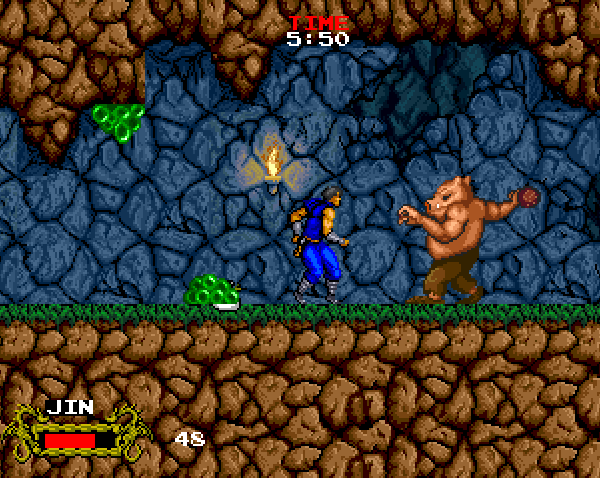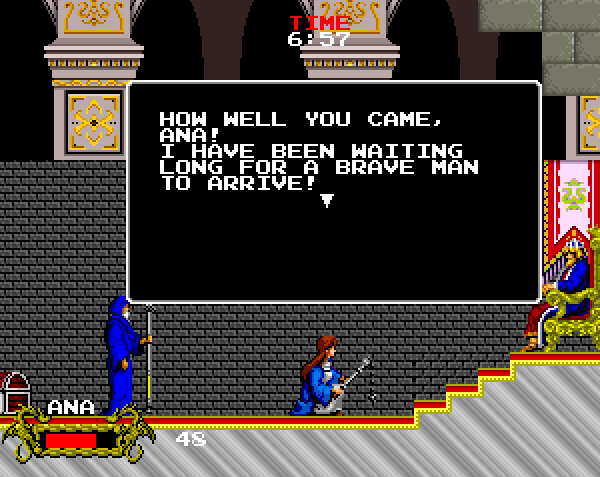I remember Wright-Patt for other reasons, though. My father worked there after we returned from Germany in 1991, so I recall going along to the base exchange, the commissary, and, of course, the tiny arcade.
Wright Patt’s arcade was barely even a room. It was more of an alcove with a dozen cabinets inside, situated near the vending machines. I’d go as often as I could, regularly sacrificing Saturday morning cartoons so I could tag along with my father. While he shopped, I’d spend an hour or two in this little gallery of arcade games.
Solitude was part of the appeal. In the early hours of most Saturday mornings I was the only one at the arcade. There was no one around to hog Super Baseball 2020 or beat me at Fighters History Dynamite, no one to make too much noise over a game of Raiden, and, most importantly, no one to recognize me from school and therefore remind me how miserable I was during the rest of the week. Wright-Patt’s arcade wasn’t the biggest or best that I’d ever visited, but for an hour or two each week it was the only one that was all mine.
A lot of arcade games came through Wright-Patt’s little nook, but I’ll narrow it down to three that I remember vividly and haven’t yet discussed too much here.
CADASH
I always went for RPGs as a kid, whether it was the latest Final Fantasy or some lesser curiosity like Dragon View. It was a matter of economics. I bought only two or three full-priced games a year, and an RPG was all but guaranteed to last me three months. Even if it was a bland three months of Traysia or Breath of Fire, that was a surer bet than even the finest action game or fighter on the market. Perhaps it was often a case of picking the Golden Corral buffet over a five-star restaurant, but I wanted my money’s worth.
I also liked the pace of RPGs. I could explore. I could take my time. I could wander a village where half the residents said the same thing, or spend hours fighting monsters in the hills. RPGs offered a lot of freedom, and I rarely saw the same thing in arcade games.

That’s why I liked Cadash so much. It’s a side-scroller with cheap demises and a time limit, but it’s trimmed with RPG devices, from the pacing townsfolk and their awkwardly translated hints to the weapon shops and minor plot threads. The Wright-Patt arcade had only one Cadash machine, so I never saw the game in its LAN-linked four-player glory, but I always liked seeing how far I could get on a few quarters. At most, I could make it past the second boss and learn that a village girl marked for sacrifice was really a mermaid—a technically topless mermaid, the likes of which my at-home RPGs could never dare depict.
So Cadash was my go-to for many Wright-Patt arcade mornings. I liked all of the four playable characters, but I most often picked the Priest—or rather, the Priestess—just to mess with every villager who greeted the player as “BRAVE MAN.” It felt like I was outsmarting the game, or at least turning the king into being a subtly sexist jerk. Yeah, he’s been waiting for a brave man to arrive, but he figures he has to take what he can get.

It’s strange that I never got into the home versions of Cadash. The Genesis port removed the two best characters (that’d be the priest and the ninja), and the much better TurboGrafx-16 version slipped my notice until it was madly expensive. I had other RPGs to play at home, after all, and while Cadash clearly had substance, I couldn’t be sure it would occupy me all the way to Christmas or my birthday. For the arcade, though, it was perfect. It was nice enough to kill me slowly.
